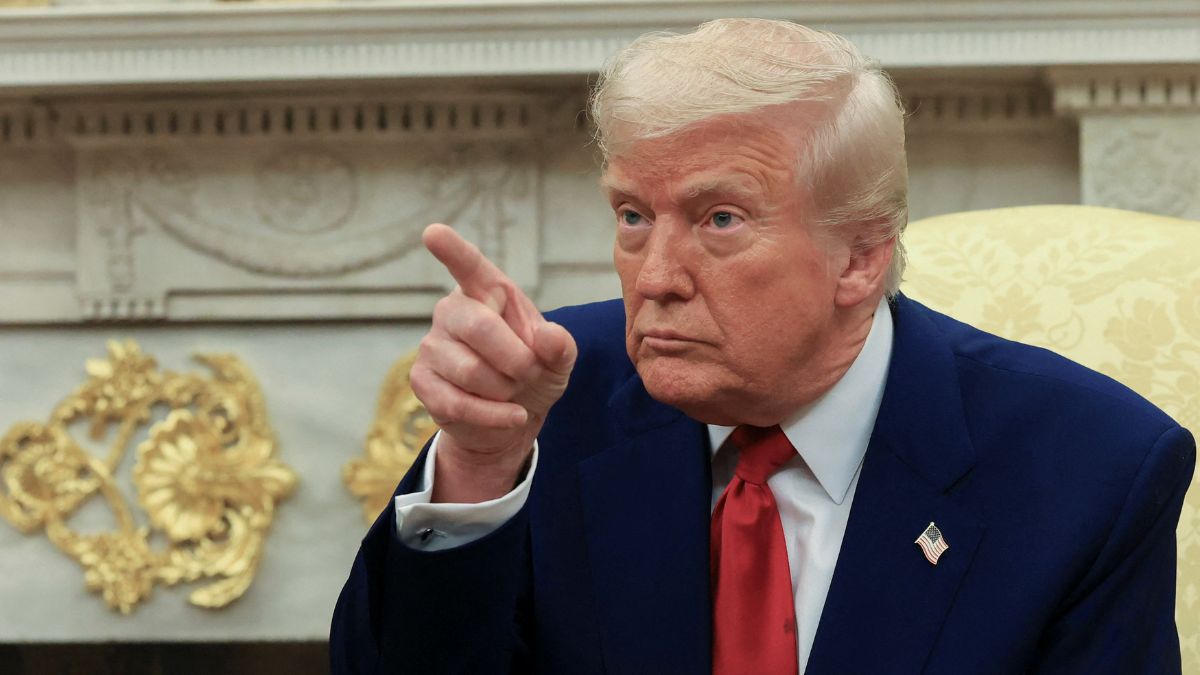President Donald Trump recently indicated his intention to impose tariffs on pharmaceuticals and semiconductors as early as the end of July.
These import taxes are likely to align with broader "reciprocal" rates set to take effect on August 1st.
“Probably at the end of the month, and we’re going to start off with a low tariff and give the pharmaceutical companies a year or so to build, and then we’re going to make it a very high tariff,” Trump said
Trump, speaking to reporters while returning to Washington from artificial intelligence summit, stated that pharmaceutical tariffs would initially be low, giving companies about a year to bring manufacturing back to the US, before escalating to very high rates. He also mentioned a “similar” and “less complicated” timeline for semiconductor tariffs, though he didn’t offer specifics.
Earlier in the month, Trump had publicly discussed a 50 per cent tariff on copper and predicted pharmaceutical tariffs could reach 200 per cent after a year-long grace period for companies to reshore production. These moves stem from investigations under Section 232 of the Trade Expansion Act of 1962, where Trump argued that a surge of foreign imports posed a threat to national security.
“I would say India, and we have a couple of others, but I have to tell you, for the most part, I’m very happy with the letters,” Trump said.
Impact Shorts
More ShortsThese potential tariffs could immediately affect major drugmakers like Eli Lilly & Co., Merck & Co., and Pfizer Inc., which have significant overseas production. This, in turn, risks driving up costs for American consumers. Similarly, semiconductor tariffs are expected to impact not only chip manufacturers but also popular products such as laptops and smartphones from companies like Apple Inc. and Samsung Electronic Co Ltd.
Trump’s tariff threats come amidst his recent practice of unilaterally dictating tariff rates to various trading partners via letters, while simultaneously asserting his willingness to negotiate. For example, he announced an agreement with Indonesia that reduced a previously announced 32 per cent tariff to 19 per cent, in exchange for Indonesia’s commitment to purchase $15 billion in US energy, $4.5 billion in agricultural products, and 50 Boeing Co. jets.
Trump predicted he could finalize “two or three” trade deals before the August 1st implementation of his “reciprocal tariffs,” with an agreement with India being among the most likely. He acknowledged substantive discussions with five to six countries but indicated he was often content with simply dictating a tariff rate rather than finalizing a full agreement. He also suggested a standard tariff of “a little over 10 per cent” for smaller countries not receiving tailored rates.
While some countries, like South Korea, have shown a willingness to “open” trade after his threats, others, such as Japan, have not. Representatives from the European Union, facing a 30 per cent tariff, were expected to meet with U.S. negotiators.
Trump also dismissed concerns that his recent threat of “secondary” tariffs on Russian trading partners—if Moscow didn’t agree to a ceasefire with Ukraine—could impact US consumers, despite expert warnings that such a move could drive up energy costs. He simply stated, “I don’t think so. I think that whole thing is going to go away.”


)

)
)
)
)
)
)
)
)



